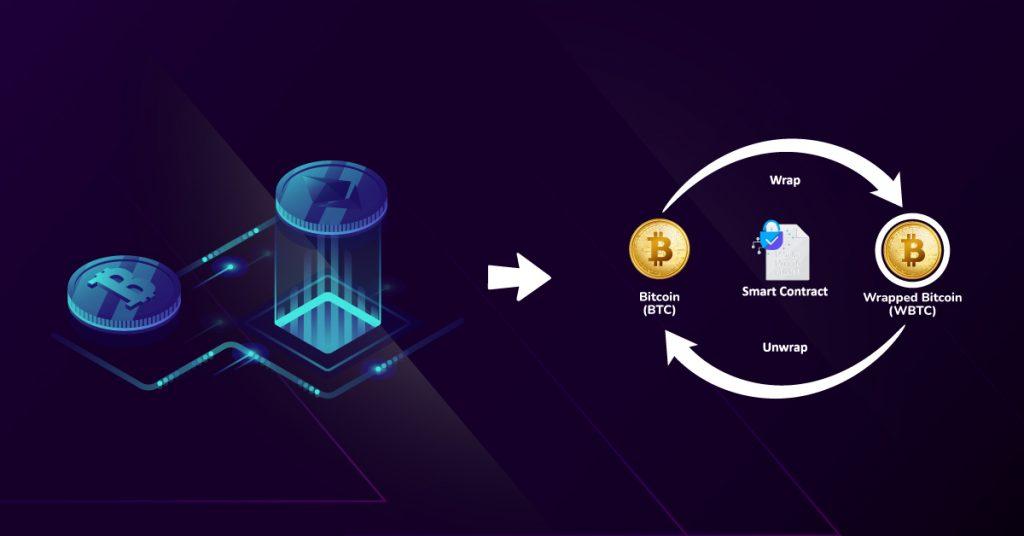Blockchains first came into existence as the technology behind Bitcoin in 2008. Since then, there has been a constant rise in the number of new blockchains in the market. Each chain has its own protocols and is created with a vision to facilitate certain use cases. It results in unique strengths & weaknesses for each network. For example, if a blockchain is made to facilitate faster transactions, it might lack the best security and vice versa. Blockchains work in silos; they are unable to interact with each other.
The lack of interoperability is the largest challenge for their ecosystem. It restricts users from harvesting the benefits of multiple networks; for example, if a team of developers builds a Defi application on one blockchain, then generally, they are locked in that particular network without getting the opportunity to leverage the benefits of other blockchains. The isolated existence of blockchains is its largest limitation. The true potential of the blockchain ecosystem can be unlocked with the help of blockchain bridges. The whole decentralized world, specially Defi, is flourishing with the support of blockchain bridges. Let’s understand what exactly blockchain bridges are and how they support the decentralized world.
What are Blockchain bridges or Cross chain bridges?
Similar to physical bridges that connect two locations to each other, a Blockchain bridge or Cross chain bridge is a protocol that connects two blockchain ecosystems & allows them to interact with each other by facilitating the transfer of information & assets. These bridges help in leveraging the benefits of multiple blockchains. It establishes an interoperable ecosystem in which tokens, data, and smart contracts, etc., can travel across multiple blockchains without switching platforms.
How do they work?
The bridges can be used for exchanging information such as smart contract calls, off-chain information from oracles (such as commodity prices or stock prices) and decentralized identifiers, etc. The most common utility of blockchain bridges is to transfer tokens from one network to another. Let us take an example of token transfer to understand the working mechanism of the bridges.
If you have one BTC and you want to transfer it to the Ethereum network, You will have two choices:
Option 1: Sell BTC to buy ETH on the Ethereum network
Option 2: Use a blockchain bridge and transfer BTC to the Ethereum network
If you decide to go for option number one, it will cost you extra transaction fees while selling BTC & buying ETH. Apart from the additional cost, it will also expose you to market price volatility. Alternatively, you can use a blockchain bridge and transfer BTC directly to the Ethereum network.
For transferring BTC to the Ethereum network, you need to bridge your one BTC to the Ethereum wallet. The blockchain bridge contract will lock your BTC and create an equivalent amount of wrapped BTC on the Ethereum blockchain. The WBTC (Wrapped BTC) is an ERC-20 token compatible with the Ethereum network, and its value is pegged to the BTC. It can be redeemed for BTC at any point in time.

What are the benefits of using Blockchain bridges?
The most significant advantage of using the Blockchain bridge is that it breaks the siloed approach of blockchains & enables them to interact with each other.
- Facilitates the interoperability of various blockchain ecosystems and allows users to explore more blockchain ecosystems.
E.g. If you have BTC and you wish to explore other dapps based on other layer 1 ecosystems such as Ethereum, you can use blockchain bridge to facilitate the token transfer.
- Allows dapps & defi applications to utilize the different strengths of various blockchains. It allows developers to collaborate & build innovative solutions by utilizing different blockchains.
- Improves transaction speed by diverting tokens to another blockchain for processing at a higher speed.
- Improves efficiency by reducing the traffic on a single blockchain.
- Works as scaling solutions for blockchain networks.
For E.g. the Ethereum-Polygon Bridge works as a scaling solution for the Ethereum mainnet.
The development of blockchain bridges is crucial for the upcoming era of Web 3.0. Blockchain bridges are considered the forward step towards the next iteration of the internet. Considering their importance in the development of the decentralized world, the Web 3.0 foundation has granted its support to a few blockchain bridge projects such as Interlay, Snowfork, Darwinia and Bifrost, etc. Many blockchain bridges are currently operating while a lot of blockchain projects are ongoing. The future of blockchain bridges looks promising as its development will decide the growth of the decentralized world & its mass adoption.
We hope this article will help you understand the concept of blockchain bridges, their working mechanism as well as their importance. If you enjoyed this article, then please like & share it with your other crypto enthusiast friends. Do you have any thoughts to share on the article or questions for us? Please comment below. We would love to hear from you.






